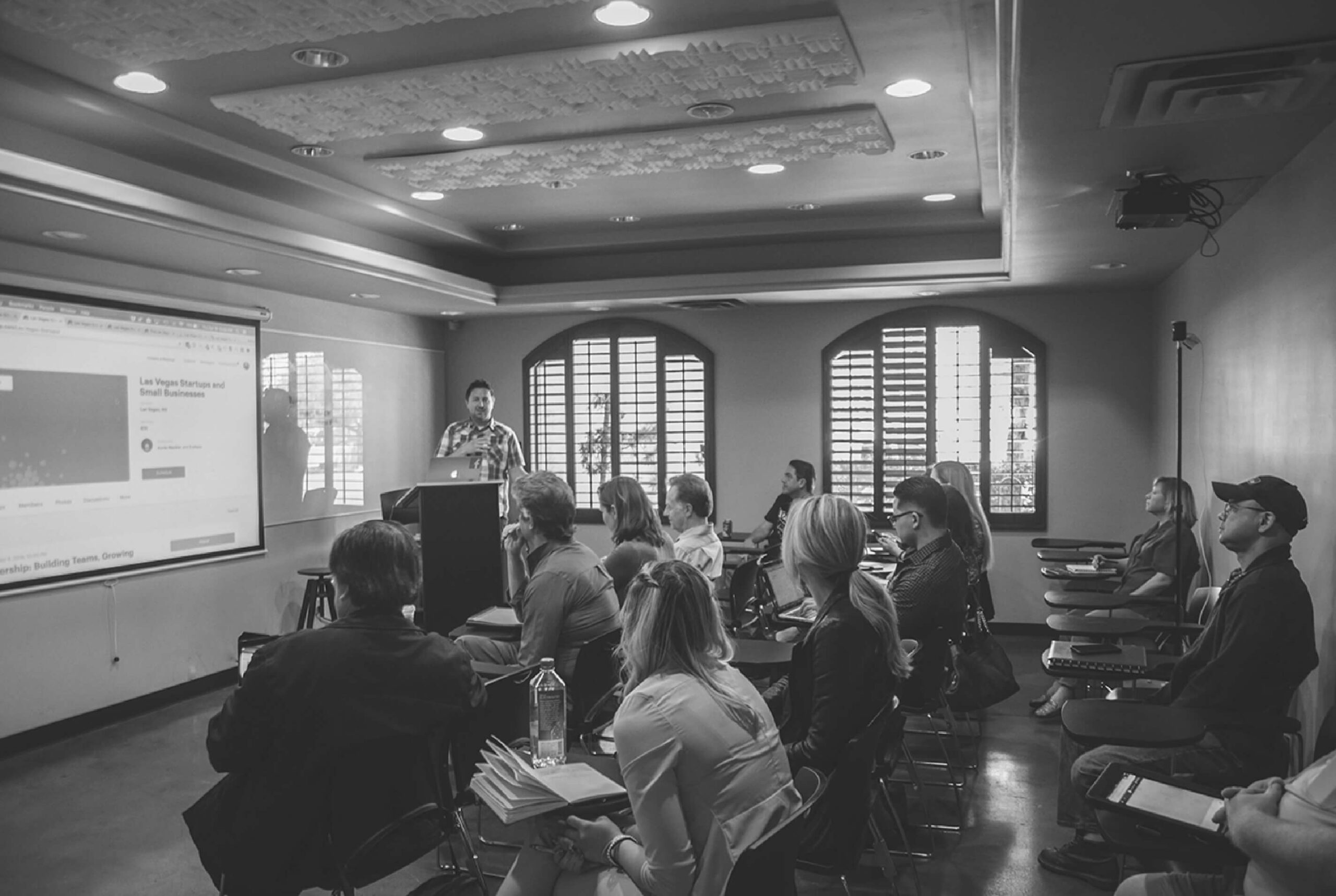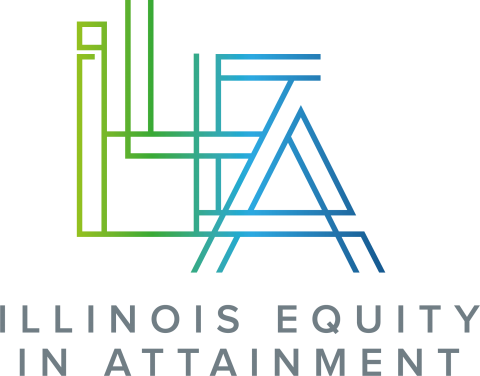Dear ILEA Partners,
It has been wonderful to see many of your faces on Zoom in February as we conclude our first month of substantial ILEA programming of the new year. While we are grateful for the opportunity provided by virtual events and discussions to continue to engage and move our collective work forward during the pandemic, we miss the opportunity afforded by in-person engagement. The ILEA team is currently considering what our future mix of programming, virtual and in-person, will look like when we are again able to gather in the same space. We would love to hear from you as we develop plans for our professional development and convening supports in 2021-22 and beyond.
In this month of honoring Black history, I want to pose a question for us all to consider as practitioners of racial equity in higher education. How do we place undue burdens on our Black students as we seek to support them better?This remains true even as we acknowledge that today’s racial disparities within our higher education system are derivative of historical and ongoing inequities connected to the design and culture of our colleges and universities; structural inequities that exist in our legal, banking, labor market, housing, voting, and other systems; as well as through the unacknowledged and lasting legacy of slavery and Jim Crow. As the events of this and last year have shown, white supremacy and racism remain, and are every bit as American as the stars and stripes. This week, as we surpass the grim milestone of more than half a million U.S. deaths due to COVID-19, which has had a disproportionately devastating impact on communities of color, we must carefully consider what we are asking of our students in the process of becoming more equitable institutions.
Where do we see examples of this happening? One such place is via the FAFSA verification process, discovered through an analysis conducted by the Washington Post. The investigation found that students are more likely to be selected from Black (1.8x more likely) and Latinx (1.4x more likely) neighborhoods for verification, a type of audit process that often requires several additional points of information. This onerous process causes between 11-25% of students selected to drop out of the FAFSA application process altogether, a phenomenon known as verification melt. We know many of those students may never show up at any college as a result.
On our campuses, this may show up in repeatedly asking our Black staff to be the only ones to lead discussions on race or racism. Among our historically white colleges and universities, students and staff of color may be the ‘only’ or one of the few in their classes, on the committee, or in the department. Continuing to ask the same people to explain how your institutions may not be serving them well, despite years of campus climate surveys and other forms of feedback, places undue burden on those students and staff, and can negatively affect retention. Bringing awareness to these realities and responding with action, is an important part of this work.
What can we do about this? First, this work requires a deep and sustained commitment to self-reflection. This must happen regularly at the level of the individual, the team, and the institution. Second, we must commit to broadening the number of individuals who speak clearly about equity, what it means to our institutions, and why it matters. All ILEA leadership team members and department heads should work to become fluent in the language of higher education equity, and continue to build the army of equity agents within your institutions. Finally, resources in the form of books, case studies, Ted talks, PCC webinars and events, and others exist to support your continued progress on equity. One Chicago-based foundation, College Beyond, framed it this way in a guidebook they produced: Why am I Always Being Researched? This publication examines how a power imbalance exists that influences what we ask students and how.
I encourage you to consider how this may be true within your own institutions. As we survey students to gather critical data, how can we ensure we are removing barriers and not placing additional roadblocks in the way of student success?As we create new required touchpoints with students, how do we make sure these are supportive of their success and not deterrents to their continued persistence? How do we ensure we are not pathologizing students who are overcoming incredible challenges to complete their degrees?
Thank you for all you do every day to change the narrative of historic inequity in Illinois higher education. Your leadership is paving the way for more significant change across the state and nation, and the students you graduate will be those that continue to do better for every subsequent generation.
In partnership for equity,
Lisa


